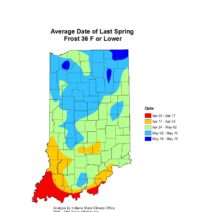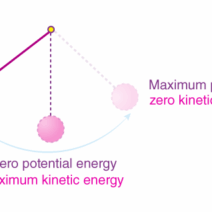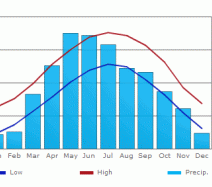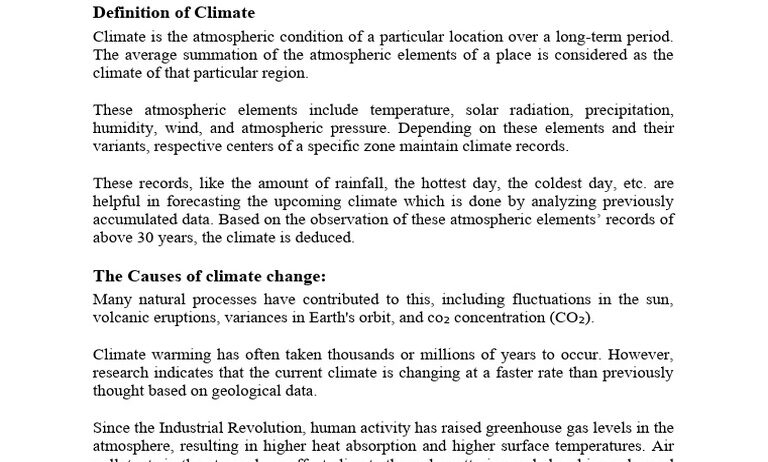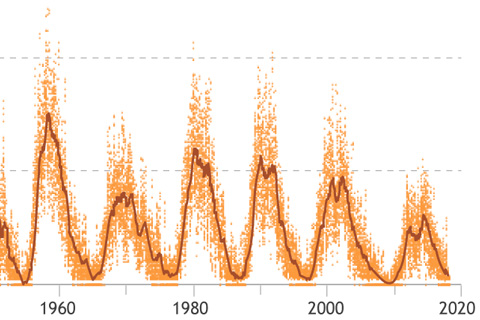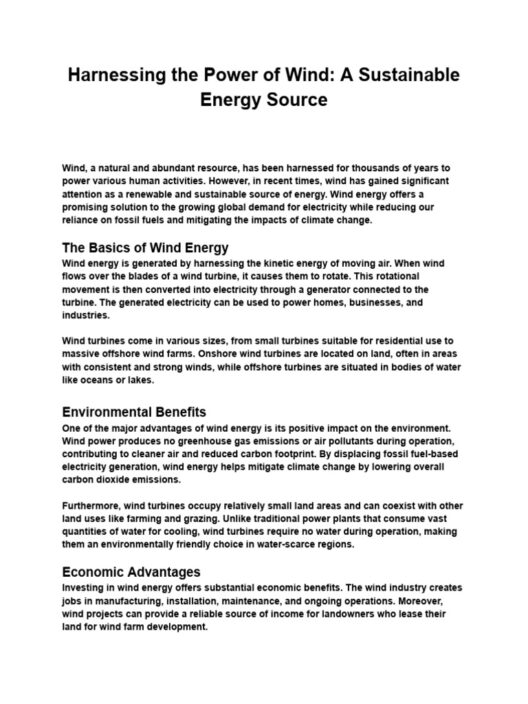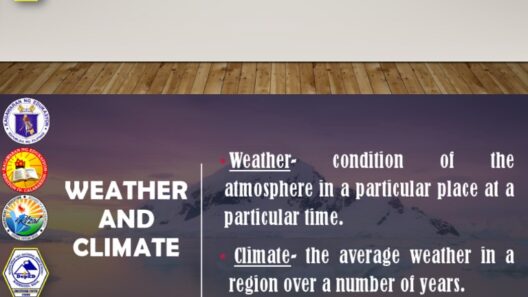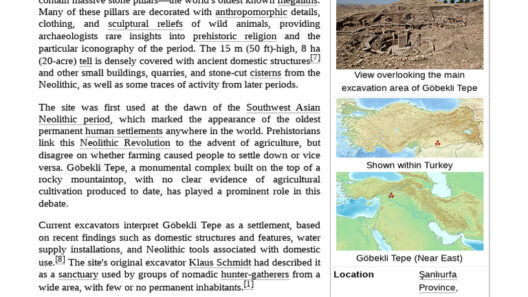The terms “weather” and “climate” are often interchanged in everyday conversation, yet understanding their fundamental differences is pivotal for grasping the intricacies of our planet’s atmospheric phenomena. Grasping these distinctions can shift perspective, helping individuals appreciate the nuances of meteorological science and its implications for our environment.
While weather refers to the short-term atmospheric conditions in a specific location, climate describes the long-term statistical average of those conditions over a more extended period. This primary distinction lays the groundwork for a deeper understanding of how these two concepts interact and influence each other.
Exploring the nuances of weather and climate not only satisfies curiosity but also illuminates how they shape our world, the environment, and the future of our planet.
The Definitions That Matter
Before diving deep into the intricacies, let us dissect the definitions that serve as the backbone of our discourse. Weather encompasses the day-to-day atmospheric changes experienced in a specific locale. It is characterized by elements such as temperature, humidity, precipitation, winds, and visibility. In essence, when we check the forecast for tomorrow, we are engaging with the domain of weather. Weather is dynamic; it can shift from sunny to stormy within hours, demonstrating its capricious nature.
Conversely, climate is an aggregation of these weather patterns over extended timeframes—typically 30 years or more. Climate encapsulates the trends, variations, and averages that define a region’s habitual atmospheric behavior. For instance, the climate in the Mediterranean region is characterized by hot, dry summers and mild, wet winters. Understanding climate allows us to discern patterns, leading to predictions about long-term changes and trends influenced by a multitude of factors, including human activity.
A Temporal Distinction: Short-Term vs. Long-Term
At the heart of the difference between weather and climate lies time. Weather is ephemeral, fluctuating rapidly and influenced by local factors. In sharp contrast, the climate is a product of cumulative weather data evaluated over decades. This temporal divide is crucial for comprehending how extreme weather events can be manifested in a climate context. For example, while a specific storm may be classified as extraordinary in terms of weather, its repetition over several years may indicate a shift in climatic norms due to larger planetary changes.
Such distinctions prompt inquiries into how climate change influences weather patterns. With the backdrop of a warming planet, certain areas may witness intensified weather phenomena—hurricanes may evolve into more ferocious beasts, droughts may linger longer, and winter storms may unleash significant snowfall when least expected. Understanding the temporal aspect provides clarity on how individual weather events may correlate with shifting climatic realities.
The Influence of Human Activity
Recognizing the difference between weather and climate also beckons contemplation of human influence on both realms. Weather, being transient, is less directly affected by anthropogenic factors in a temporal sense. However, the cumulative emissions of greenhouse gases, deforestation, and industrialization considerably impact climate. These human activities have led to alarming changes in climatic norms, including rising global temperatures and shifting weather patterns that exacerbate the severity of natural disasters.
As the average temperature of the Earth climbs, we witness cascading effects on regional climates, which, in turn, manifest through extreme weather events. The relationship is not merely cyclical; it is a complex interplay where human-induced changes ripple through both weather and climate systems.
A Perceptual Shift: Local vs. Global Considerations
Understanding the distinction between weather and climate invites a broader perceptual shift that challenges regional viewpoints. While weather allows individuals to embrace the immediate—focusing on what to wear today or whether to carry an umbrella—it is vital to consider how these elements fit into a global context. Climate speaks to larger narratives that encompass global warming and the interconnectedness of different regions.
This awareness prompts an inquiry into how local actions contribute to global outcomes. Individuals can empower themselves through knowledge about climate actions and initiatives aimed at mitigating the impacts of climate change. This sense of agency can inspire a collective movement towards sustainability and responsibility, positioning citizens as pivotal players in shaping a more resilient future.
Weather Patterns and Climate Myths
Unfortunately, in a world where information abounds, misunderstandings regarding weather and climate frequently persist. One common myth is the conflation of a single chilly day with the negation of global warming. While weather can present temporary cool spells, the overarching trend of rising temperatures is indisputable when viewed through a climatic lens. Such misconceptions highlight the importance of education and awareness in demystifying the fashionable yet dangerous narratives surrounding climate change.
Moreover, recognizing climate encompasses long-term patterns cultivates patience in understanding Earth’s gradual transformations. The road to climate recovery requires persistence, emphasizing proactive measures rather than reactive solutions based solely on weather events.
Conclusion: Bridging the Gap
Understanding the integral differences between weather and climate is more than an academic pursuit; it demands a shift in perspective and nurtures curiosity about our planet’s well-being. By appreciating the dynamism of weather as a series of snapshots and climate as the film reel, we can better grasp the nuances of our environmental challenges. As stewards of this Earth, awareness fosters empowerment, guiding collective action toward sustainable solutions and offering hope for a thriving planet that embraces both its immediate conditions and long-term health.
